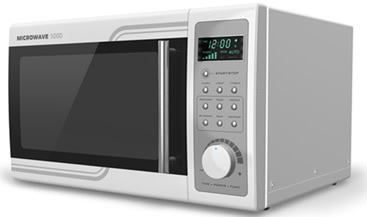Stand By is an expression in the English language that means “on hold”, “on standby”, “on call”. It is a type of technology created to be implemented in televisions, microwaves, stereos and DVDs, among others. Its objective is to promote ease in the daily life of those who consume these products, since the process of using and reconnecting the devices is facilitated through this feature. Example: just use the remote control to turn on the TV, without the need to go to it, plug in and press any button.
However, it must be admitted that this function is also responsible for not completely turning off electronic products. Therefore, these products, even when switched off, continue to consume and waste energy.
For this reason, there are many discussions about the relationship between stand by and the environmental issue, since energy production can intensify the process of pollution and aggression to the environment and, consequently, causing an increase in the planet's temperatures and intensifying some environmental problems, such as the greenhouse effect and warming global.
In the context of this debate, there are arguments that seek to highlight the small amount of energy used during stand-by mode. Proponents of its use warn that the stand by mode, as much as it consumes a certain amount of electricity, is far away to contribute significantly to excess energy waste and to the occurrence of problems environmental issues.
However, there are studies that reveal that the stand by mode can indeed be a villain. The problem is intensified, above all, by the growth of electronic products that adopt this technology, as well as by the increase in consumerism around the world. Thus, the existence of true connected houses 24h/day, consuming a high amount of energy that is not used.
An example is the TV set that, when turned on, can consume about 90W; however, with the device turned off, the stand by mode consumes about 20w. Another more serious example is the case of microwaves that, for a year, consume more energy when they are turned off than when exercising their functions.

The microwave is one of the devices that consume the most energy in stand by mode
Scientists point out that the best alternative, however, is not to do away with the stand by of electrical appliances, but rather to better develop technology in favor of reducing electricity consumption. The goal to be reached is 1W per hour in stand-by mode to provide a balance between comfort and economy. Until then, the most recommended is to unplug all appliances when not in use and avoid wasting energy.
By Rodolfo Alves Pena
Graduated in Geography
Source: Brazil School - https://brasilescola.uol.com.br/geografia/standby-x-aquecimento-global.htm

